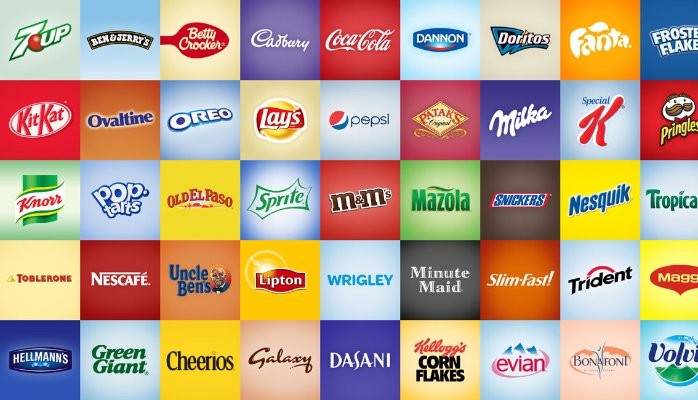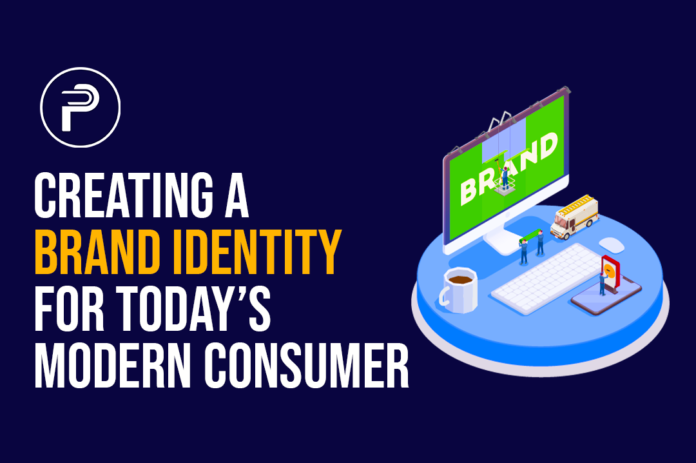Consider the companies that come to mind when someone asks about your favorite brands. Ask yourself: what is it about that brand that makes you view it so positively? Is it perhaps tied to the founder’s personal brand, as some companies shine by capturing the spirit of their founder? Or maybe it’s the story behind the brand that resonates with you?
Regardless, a brand that is beloved is undeniably one of a company’s greatest assets. As a small business, you’re often up against big brands with loyal customers and seemingly endless marketing budgets. It may feel challenging to even compete with them, let alone reach their level. But the truth is, you can.
Being unique is essential, and building a brand that is strong for today’s consumers is one of the best ways to do it. Soon enough, you could find yourself among the top players in your industry. Yet, building a brand from scratch is no simple feat,it’s more than just a memorable logo or catchy ad.
What is a brand?
Must Read:How a Fishbone Diagram Can Help Solve Startup Problems

In essence, your brand is the impression customers have of your business. It’s everything people believe they know about your brand.
As Jeff Bezos famously put it, “Branding is what people say about you when you’re not in the room.” In other words, your brand is your reputation.
Your brand should reflect the core of your business, resonate with your target audience, and evoke positive feelings whenever they see your advertisements. Building a brand is a journey that requires strategy and effort, but in the end, it establishes lasting relationships with your customers.
Importance of branding in businesses
Branding is crucial for businesses of any size because of its far-reaching impact. It shapes how people see your brand, attracts new business, and boosts brand value. Branding defines customer perception and serves as the foundation of your business,its importance can’t be overstated.
However, if executed poorly, branding can have the opposite effect. That’s why it’s essential to take the time to develop an effective branding strategy.
Strong branding offers several key benefits:
– Boosting sales and revenue
– Attracting new customers
– Building trust in the marketplace
– Helping you stand out in a crowded market
– Fostering customer loyalty
– Encouraging repeat business
– Inspiring confidence in your brand
– Saving you money over time
How to build the perfect brand for the modern consumer

Whether you’re starting a new business or considering a rebrand, remember that branding is a process that requires a well-planned and intentional strategy.
1. Identify Your Brand’s Purpose.
Every successful brand has a clear purpose behind it. Most established entrepreneurs would agree wholeheartedly. To define your brand’s purpose, ask yourself:
– Why did you start your business?
– What problems are you aiming to solve?
– What makes you different from competitors?
– How would you like to be remembered?
Standing out means your brand needs to represent something deeper than its products or services. Purpose keeps you grounded, focused, and helps guide your business decisions.
2. Research Your Competitors.
After clarifying your brand’s purpose, it’s time to get to know the other brands in your industry. To make your brand the top choice for modern consumers, you need to understand who you’re competing against, making competitor research a crucial part of your strategy.
Competitors fall into two main categories: direct and indirect.
To understand your direct competitors, you can:
– Conduct market research
– Explore online communities and forums
– Gather feedback from customers
For indirect competitors, try:
– Keyword research
– Reviewing Google search results
– Analyzing paid data
Casting a wide net will give you a clearer picture of your market and reveal opportunities to differentiate your brand.
3. Identify Your Target Audience.
Your target audience is central to your brand; you built your brand to make a positive impact on them. Therefore, keep them in mind as you shape your brand’s mission and message to meet their needs. Steps to pinpoint your ideal customers include:
– Crafting buyer personas
– Conducting market research
– Analyzing industry trends
– Utilizing Google Analytics
– Defining who isn’t your audience
Understanding your audience will shape every marketing strategy you create.
4. Emphasize Your Brand’s Unique Qualities and Benefits.
Your products, services, and benefits are uniquely yours. To make your brand memorable, identify what you offer that no one else does. Consider how your brand can enhance your audience’s lives, and draft a value proposition—a clear statement explaining why a customer should choose you. Think of it as building a strong foundation for your brand.
5. Define Your Brand Voice.
Your brand voice is the way you communicate with your audience and the impression it leaves. Whether your voice is service-oriented, technical, conversational, or authoritative, choose one that resonates with your customers. Tone of voice reflects your brand’s personality and helps you connect with your audience distinctively.
6. Design a Memorable Slogan.
A catchy slogan can capture attention and make your brand memorable. It can serve as your tagline across platforms, from your website to social media bios, and even on merchandise. Tips for creating a slogan:
– Keep it short and sweet
– Emphasize your unique selling point
– Make it timeless
– Avoid self-praise
– Feel free to add humor
For inspiration, imagine your product speaking directly to your customers—what would it say?
7. Develop a Brand Story.
A brand story is a chance to connect with consumers emotionally. Instead of just describing what your product does, explain why it matters to your customers. A compelling brand story should:
– Show how your product or service improves lives
– Build a deeper connection with your audience
– Evoke emotion
– Be truthful
Use your brand story to inspire ideas and ensure it’s consistently represented across all content and customer touchpoints.
8. Design Your Logo.
Creating a logo is one of the most exciting steps in brand building. Your logo is the face of your business, so it should be unique, recognizable, and scalable. From colors to style and typography, each design choice should align with your brand identity. Brainstorming, mood boards, and competitor research can help spark creativity.
9. Continuously Evaluate Your Brand.
Building a brand doesn’t end at the logo or slogan or even with your launch. Your brand must remain consistent across all customer interactions, from your website’s theme and marketing materials to your product packaging and delivery.
Conclusion
In today’s competitive landscape, a strong brand is essential for any business. Without the right branding, connecting with your audience on an emotional level becomes difficult, making it easier for them to switch to a brand that resonates with them. Conversely, effective branding keeps customers coming back, sets you apart from competitors, and transforms one-time buyers into loyal advocates.

